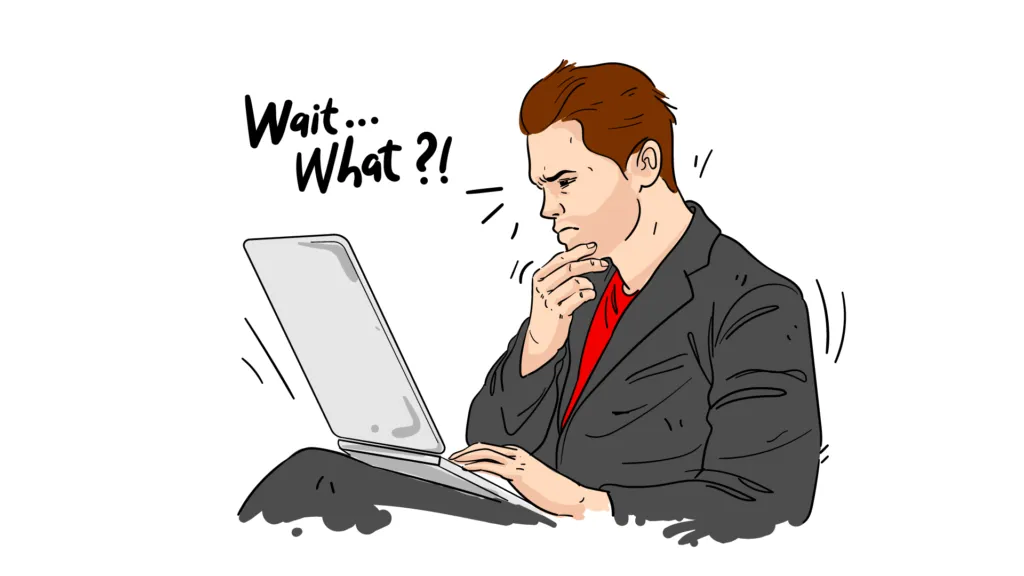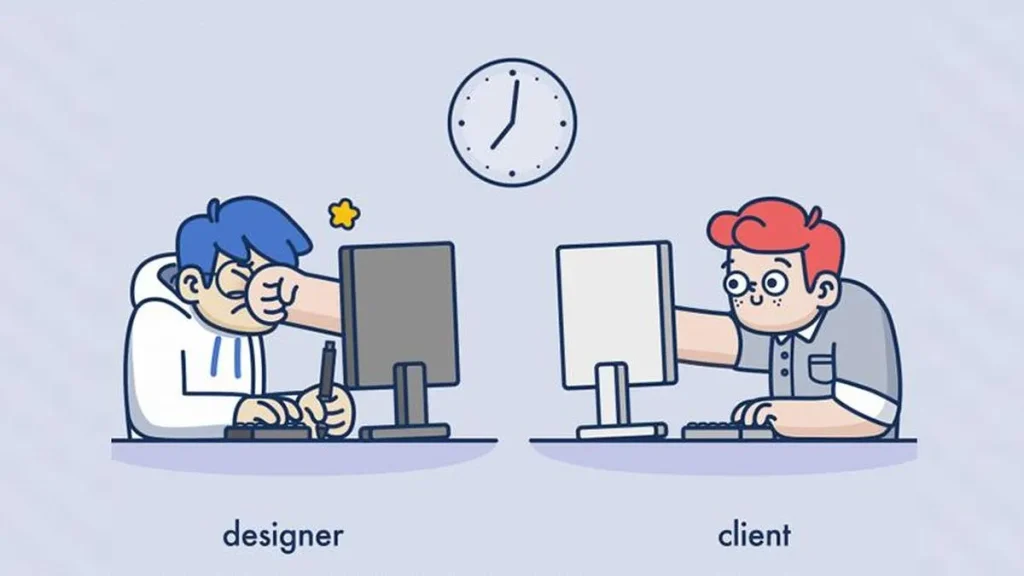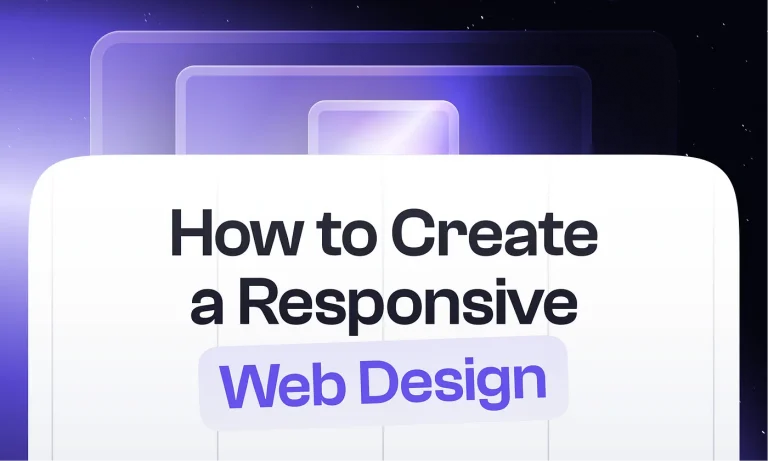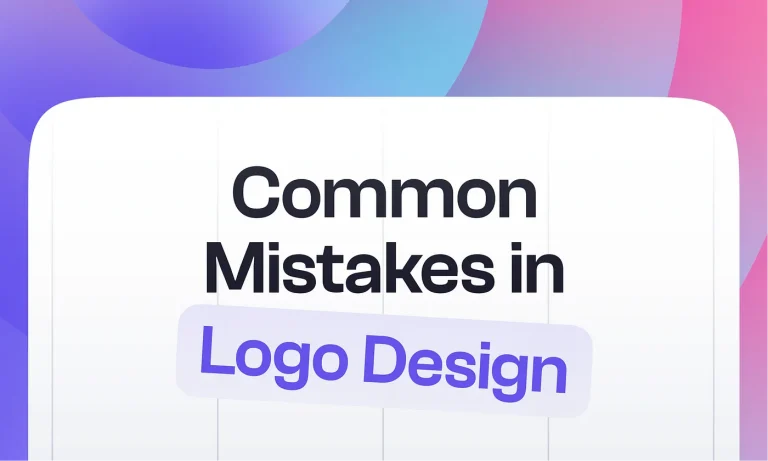For many designers, the most difficult thing in their work is client communication. And this is understandable: it can be demanding and overly emotional. Even if you’re an infinitely talented specialist, you also can endlessly fill up orders and lose customers without the right approach. Here are some tips to help you get started.
Don’t dictate the terms
Hold the ultimatums within the client communication. Design is applied work, and it is primarily about solving brand problems, not about art or self-expression. Therefore, do not take offence at the customer if he doesn’t agree with you, then listen to his suggestions and try to understand what is behind them.

The very first thing to do is to hear the customer and understand what is important to him and for what reason. It is not easy to do this, but it’s possible. Create an inviting atmosphere where he feels compelled to share his thoughts on design styles, colors, fonts, and more.
Do not obey absolutely everything
If you make edits at the client’s request, but contrary to common sense, the result is a weak layout made under the control of a beginner. Therefore, balance is important. Do not agree to endless alterations, it is better to specify the number of options in advance. The client does not imagine your labor costs, and if you don’t consent with him about the restrictions, then the edits will be endless because the client will always find a reason for dissatisfaction.

One of the main advantages of working for yourself is that you can say “no” to clients who do not meet your standards. Having set the framework in advance, you will eventually learn to determine whether a relationship with a particular client will be successful or not.
Speak more clearly
It means “Explain your thoughts and decisions easier and more accessible, as to your friend who is not strong in design.” Don’t try to show off or impress with clever words. This often has the opposite effect: the customer thinks that they want to mock him. Remember: you and the client are on the same side and working on a common cause, so it is important to understand each other correctly.

Listen to what words the customer uses during the client communication. Try using his vocabulary. It will give a high degree of probability that the client will listen to your arguments and the negotiations will be successful.

The designer knows how much time it will take for this or that stage of work, but the client doesn’t. It is important to specify in advance the time, amount and terms of payment. If the client tries to break the rules at some point, it is better for the designer to politely refer to the agreed plan.
There may be comments from the client, even if you spent hours collecting the perfect color palette, looking for fonts that fit together and moving elements with precision. Don’t take it personally, you’re not a bad designer.
Building a relationship with your client requires effort. You have to understand his point of view and what he values. Trust and communication are at the heart of productive cooperation. First, create this foundation, and then you will create amazing things together.
Never give up, and don’t stop taking care of the project. If you find that you are not interested in the result, it may be time to give up work altogether. A professional will never want to waste a client’s time and money or sacrifice what shapes him as a designer.
Psss, more exciting topics are coming soon on this platform. Stay tuned!








